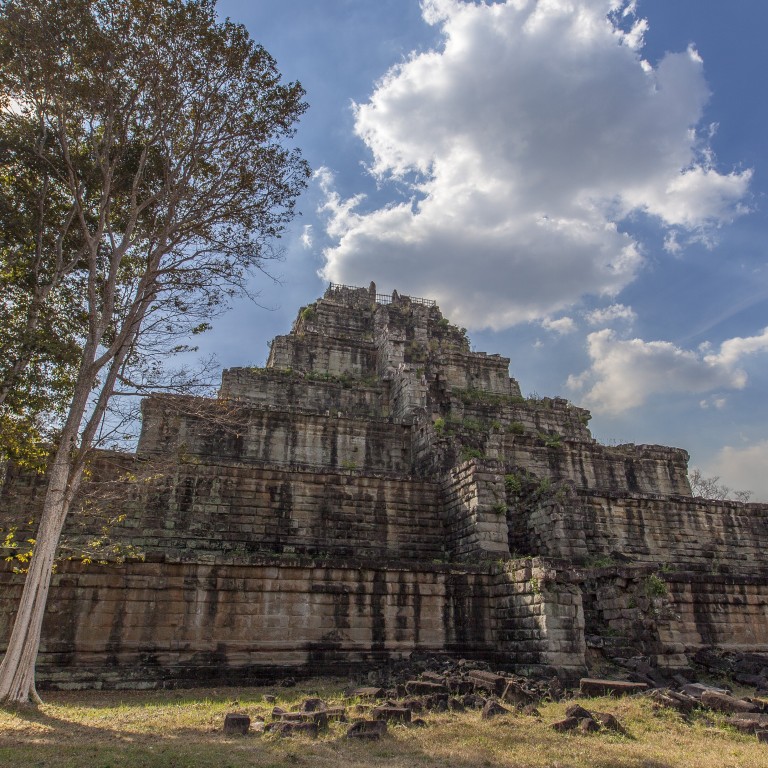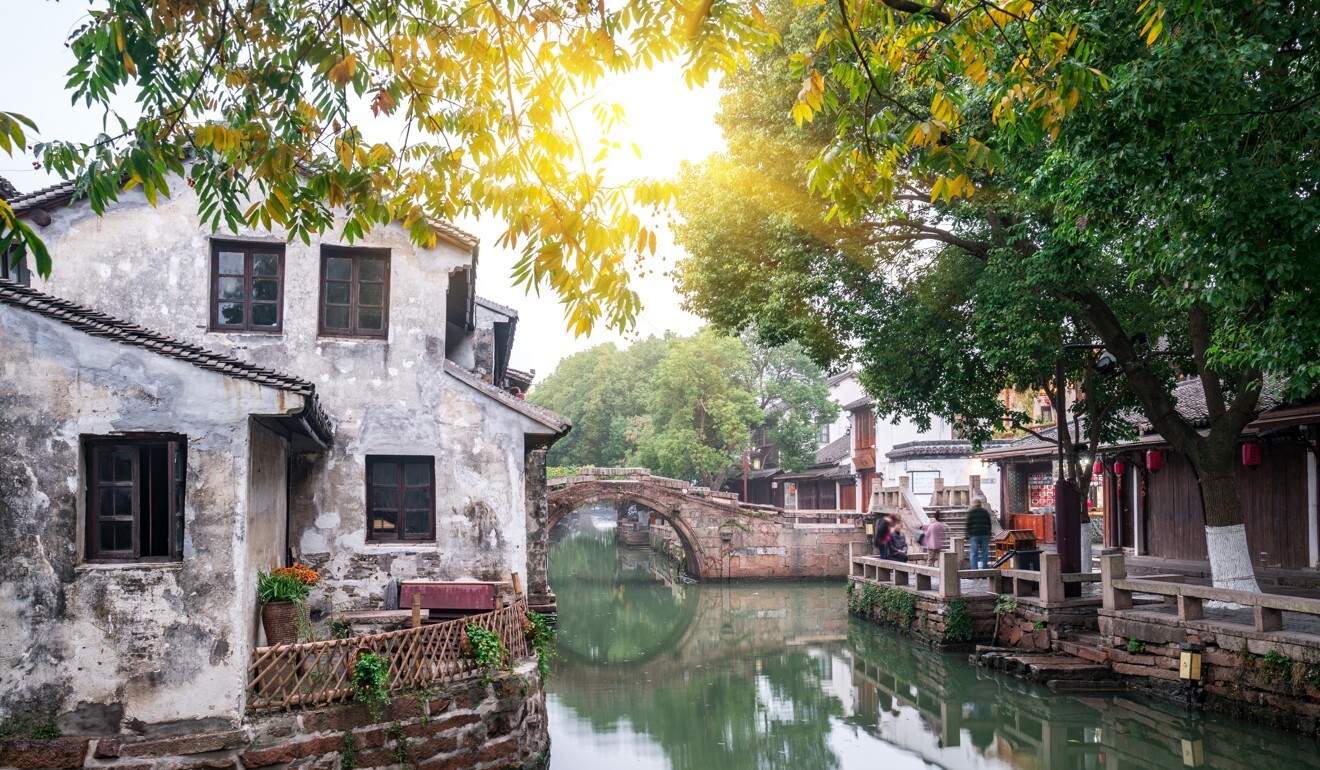
Crowd-free alternatives to five Asian Unesco World Heritage Sites worth a visit when flights resume
- Not Angkor Wat but similar, not a Suzhou canal but nearly – heritage sites just as appealing as their famous cousins but less visited await you
- If you tire of the crowds in Hoi An, try nearby Cam Kim; if Borobudur is besieged, make your way to Mendut, another 9th century temple close by
Throw a dart at a map of planet Earth and like as not you’ll hit a Unesco World Heritage site. At the last count, there were 1,121 of them, about as many as there are Holiday Inn hotels. And the sites act like touristic catnip, luring so many visitors year-round that they demean their own status.
In a similar vein, “best-kept secrets” are usually anything but, and once an attraction gets into someone’s “top 10” list, thousands queue up for a visit. The answer is to step away from the beaten track and understand that “must-sees” aren’t necessarily so.
Here are five alternative, less visited heritage sites that, thankfully, have yet to be burdened with that Unesco stamp of approval and so may be of interest once cross-border travel within Asia is once again a possibility. Don’t all rush at once …
1. Not Angkor Wat, Cambodia
Some two-and-a-half million visitors traipse around the centuries-old temple of the Angkor Archaeological Park in Cambodia in a normal year. Yet a couple of hours’ drive northeast is Koh Ker – smaller, older, yet just as remarkable and with barely a selfie stick or its owner in sight.
Much of this archaeological treasure has yet to be explored due to thick surrounding jungle and the possibility of unexploded ordnance. But the centrepiece – a seven-tiered, 36-metre-high, moated pyramid called Prasat Thom – is infinitely climbable, not least because of the spectacular views from the top. As like as not the only other people up there will be local children, for whom Koh Ker is one vast adventure playground.

2. Not Hoi An, Vietnam
One of the sheer impossibilities of 21st-century travel is snapping a photo of the Japanese Bridge (built 1590) in Hoi An, central Vietnam, without sundry tourists getting in the frame. Much the same goes for the rest of the town, but the one-time island of Cam Kim – a short bike ride across the bridge spanning the Thu Bon river – supplies a handy escape.
Cam Kim is still very rural, with paddy fields and no traffic to speak of, and the main village, Kim Bong, is home to the artisans who supply many of the wood carvings on sale in Hoi An. Prices here, it goes without saying, are much more reasonable.

3. Not Luang Prabang, Laos
It will be a while before the high-speed railway from China bores its way into what is one of the loveliest ancient cities in Asia, but even on a good day it can feel like there’s one tour group too many assaulting Luang Prabang’s palaces and temples. Just 25 minutes up the Mekong river, peace and quiet reign at the Pak Ou Caves, where some 6,000 Buddha statues have been placed by devotees from around the world.
There’s no souvenir shop, nor anyone touting the “Pak Ou Experience” here – simply an almost tangible feeling of great reverence and ease. The scenic boat ride to and from the caves is so relaxing it could almost be a spa treatment.

4. Not Borobudur, Indonesia
Rather than just an item to be ticked off on an itinerary, Mendut temple and monastery invite the visitor to stay awhile. One of three holy sites joined to Borobudur by a sacred path, 1,200-year-old Mendut has been extensively restored.
Inside, a beautifully carved three-metre high statue of a seated Buddha is flanked by a pair of Bodhisattvas – the best time to get here is a little before dusk, when the sun dips low enough to illuminate all three. Anyone is welcome to join the meditation sessions held nightly at the adjacent monastery, or to stay for a three-day course.
Despite being less than three kilometres (two miles) from Borobudur, it is rare to see any visitors at Mendut.

5. Not Suzhou, China
Despite being fairly and squarely on the tourist map, Zhouzhuang, an hour’s drive southeast of Suzhou and its much visited classical gardens, retains a definite authenticity. One of China’s best preserved water towns, it is cut through with canals and dotted with lakes. The many solid stone bridges were sited as much for aesthetic as practical reasons, and few residential buildings look as if they’ve been altered very much in the past century or so.
A trip out on the water is more or less compulsory, but it’s quite feasible to wander off into the backstreets and find a solitary spot in which to sit and contemplate. Few restaurant menus fail to feature Zhouzhuang’s prime delicacy, braised Wansan pork shank, and rightly so.

